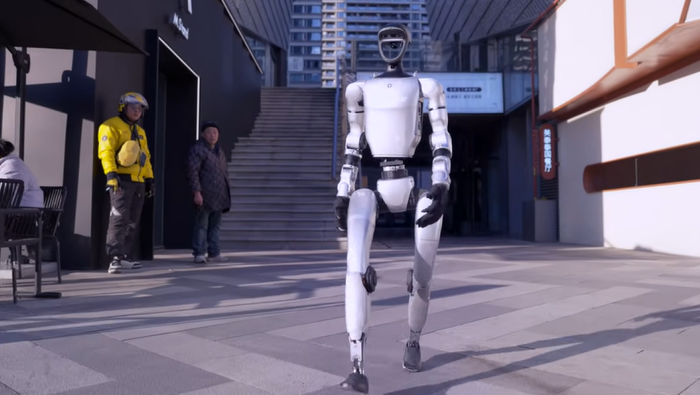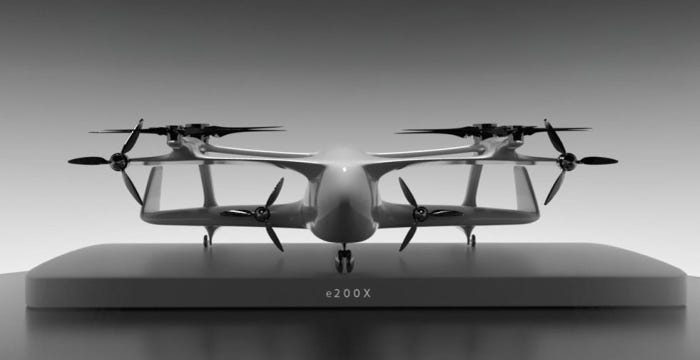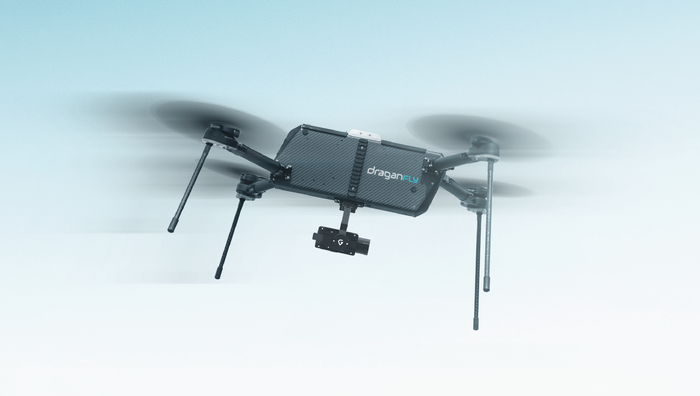Smart City Technology and the Importance of InteroperabilitySmart City Technology and the Importance of Interoperability
The chief technology officer from Dallas, Texas, explains why smart city technology must live within an interoperable digital ecosystem.
November 6, 2019

“[I]f you are lucky, you will have one virtue and no more: thus you will go more easily over the bridge.” —Friedrich Nietzsche
Inherently aspirational, smart city projects need a solid foundation on which to grow and a clear sense of purpose. Otherwise, they tend to become expensive technological experiments.
With this theme in mind, city officials in Dallas, Texas have prioritized interoperability as a necessary underpinning for its various smart city technology initiatives. In terms of purpose, the city’s leaders published its smart city definition on its website. To wit, a smart city “focuses on improving the quality of life of all citizens by adopting new forms of governance, public participation, process improvements, technology adoption, data-driven decision-making and provides sustainable services,” according to the definition on the Dallas city hall website.
Speaking in a keynote at the Smart Cities Summit, Girish Ramachandran, Dallas’s chief technology officer, stressed the importance of interoperability as being a vitally important component of a smart city strategy. “Our mantra has been simple for the past five years: We’re trying to create a digital ecosystem,” Ramachandran said.
One goal of such an ecosystem is to tame chaos. The ninth-largest city in the United States, Dallas is one of the fastest-growing cities in the country. The municipality, which is spread out over 400 square miles, spans 14 districts, which includes 42 departments. “Life is not easy for us at city hall,” Ramachandran said.
[IoT World is North America’s largest IoT event where strategists, technologists and implementers connect, putting IoT, AI, 5G and Edge into action across industry verticals. Book your ticket now.]
In all, Dallas makes use of some 600 technology solutions. “Interoperability is a very crucial aspect of what we’re trying to do from a smart city standpoint,” Ramachandran said.
But interoperability hasn’t always had such focus, requiring Dallas officials to work to bridge the silos that popped up when isolated departments deployed various technologies. Such a scenario can occur when officials focus on addressing short-term problems.
Conversely, to achieve a high level of interoperability requires having a long-term vision and a shared purpose that extends across city employees. It is difficult to maintain that perspective, however. Ramachandran said: “When we run after technology, we tend to lose the aspect of what are we trying to achieve and [interoperability]?”
“At the end of the day,” Ramachandran said, interoperability is “all about customer experience.”
City officials may not have customers in the traditional sense, but the concept of customer journey mapping applies equally well in the city space as it does in private enterprise. “How does the customer come into your system? Where did the customer go? What did the customer look at? And then, where did the customer end up?” Ramachandran asked, summarizing the process.
Dallas, like many other cities, has two phone numbers set up to handle requests from citizens — 911 for emergencies and 311 for everything else. For instance, a citizen may call the latter number with a complaint that a neighbor hasn’t weeded his or her front yard in months.
While such a common request may not involve smart city technology directly, it is difficult for a city to aspire to use advanced technologies if it doesn’t have sound processes in place for such everyday requests.
“When a call comes into a 311 help desk, think about it as a big call center for your city,” Ramachandran said. In Dallas, the call will touch at least one of its 600 technology systems. The goal should be to address that customer request as efficiently as possible — with the smallest number of technologies possible to get the job done. “We at one point had 14 flavors of asset management solutions,” Ramachandran said. “Imagine from a taxpayer perspective that you’re paying for these 14 systems.”
As cities make growing use of IT technology, the goal often becomes consolidation when possible and interoperability when not.
Not only does this make sense from an efficiency standpoint, but it is also a matter of security, according to Ramachandran. “The more your data is scattered, there is always a potential risk from a security standpoint.”
To develop an integrated approach, Dallas focuses on technology architecture and uses The Open Group Architecture Framework to help identify sound strategies for collecting and sharing data across various city departments. It also devised a technology reference architecture that acts as a filter for data coming into the city’s systems. “If you cannot collect data, then there is no point in talking about how you bring in concepts like BI, AI and so on,” Ramachandran said.
Ramachandran shared his city’s strategy for data governance in a single sentence: “Know the ‘what,’ know the ‘why,’ and then figure out the ‘how’ that works for everyone.”
Answering such simple-seeming questions requires both focusing on the present and projecting into the future.
“When we’re talking about being smart, we’re talking about being progressive in terms of adopting technology,” Ramachandran said. If city officials lack a vision for what their municipality will look like from a technology perspective two to three years into the future, “that’s definitely going to come back and bite you,” he added. “But you cannot get there without you assessing your ‘as-is’ state. So spend some time around understanding what is that ‘as-is’ state and how that ‘as-is’ state is built so that you can build on top of that foundation.”
About the Author
You May Also Like






